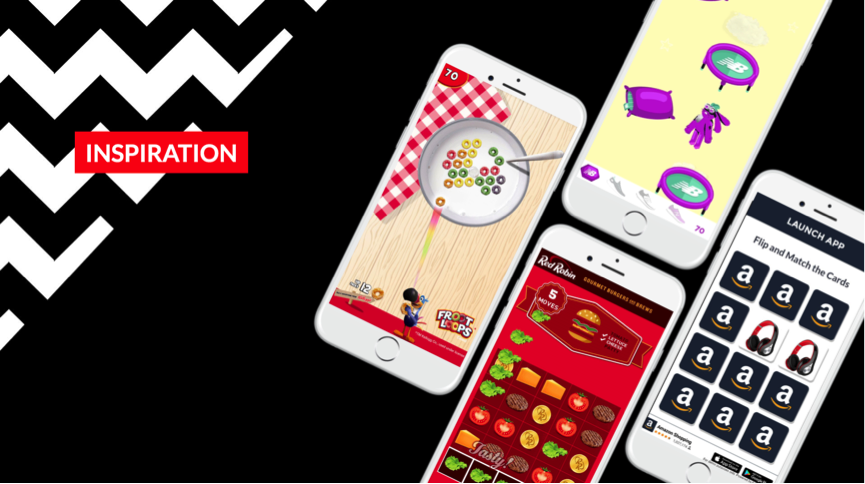Information overload is an exponentially increasing phenomena that surrounds us both in the workplace and in our day-to-day lives. It can lead to indecisiveness, analysis paralysis and reduced productivity.
At the same time, content being created is becoming more complex, multi-dimensional, and interrelated. Content is being consumed across many channels, on-demand and therefore needs to be digestible, comprehensible and insightful. It needs to be transferred to different consumers with varying backgrounds and interests. Providing context helps as consumers generally understand something better if they can connect it to something they already know.
The effective transfer of knowledge is becoming a key challenge in today’s organisations- managing it effectively will yield major benefits both professionally and personally.
This is where visual communications comes into play and can reap huge rewards for businesses.
Some of the most successful start-ups and biggest global organisations actively use visual communications as part of their ongoing business strategy. For example, they actively use data visualisation, both internally and for their customers and stakeholders, because they understand the business benefits that it provides.
In his book, The Visual Organisation, Phil Simon delves deep into the DNA of a number of organisations to identify what makes a Visual Organisation and how they have outperformed non visual organisations.
In it he defines a Visual Organisation:
“A Visual Organisation is composed of intelligent people who recognise the power of data. As such it routinely uses contemporary, powerful and interactive dataviz tools to ask better questions and ultimately make better business decisions.”
All of this valuable data collected is meaningless unless it can be bought to life in a comprehensible, insightful and shareable manner. This means visual content.
Visual content is rocket fuel for your marketing engine and is a very powerful medium for your business so long as it is optimised for the distribution channels that are most important to you.
Effective data-driven visual communications requires great content, analytical skills, visual literacy, design, development and marketing know-how. It is a discipline that is concerned with communicating with people in the most effective, aesthetically pleasing and comprehensible manner using a number of different mediums, through a number of different channels.
If done correctly, visual communications can help businesses in many different ways. It can grab the attention of consumers, address emotions, discover trends and patterns, illustrate relationships, provide further comprehension and retention of information, aid learning, motivate people and improve decision-making.
In order to help customers unlock the value of their data and communicate it in the most effective way, team VISU.AL have put together a ‘How To’ guide for data-driven visual communications to fuel your business growth.
You can download it here.





